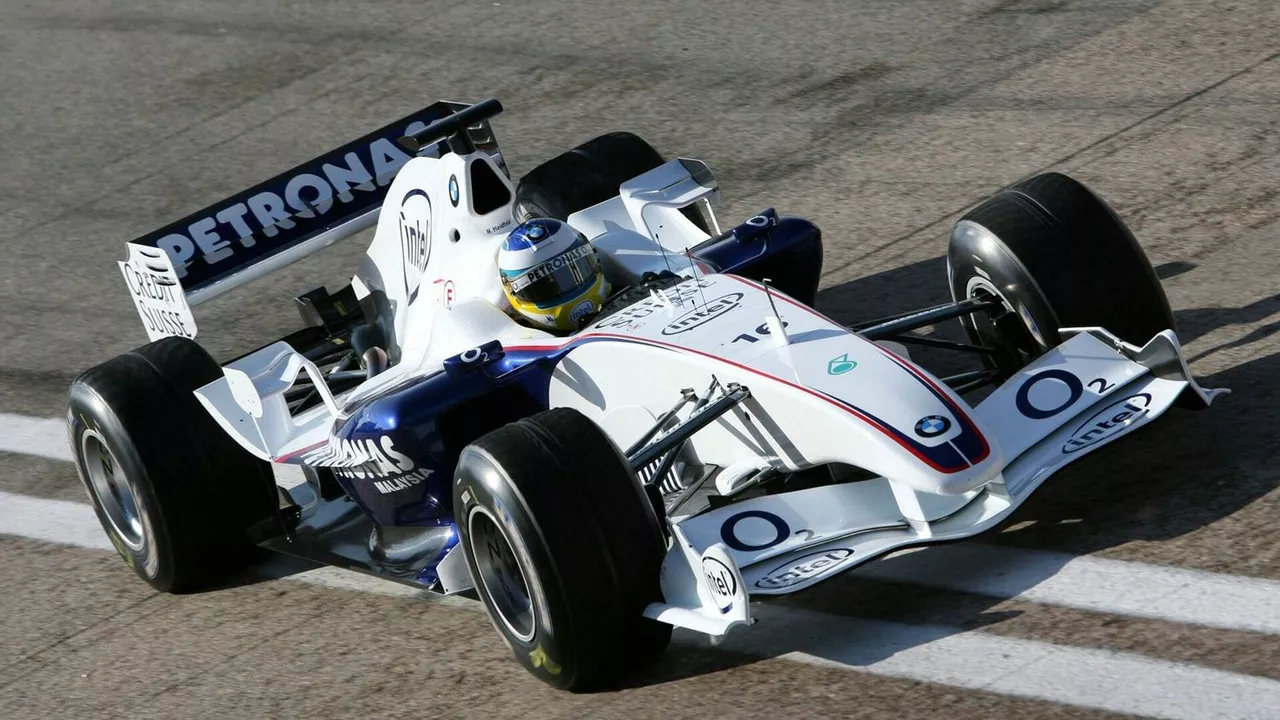Why F1 Beats MotoGP in Popularity – A Straight‑Talk Analysis
Ever wonder why Formula 1 seems to dominate headlines while MotoGP sits in the background? You’re not alone. The answer isn’t a single factor; it’s a mix of media reach, star appeal, tech hype, and how fans experience each sport.
Media exposure and global branding
F1 has spent decades building a worldwide brand. Big‑screen TV deals, prime‑time slots, and massive social media budgets mean you see F1 logos on billboards in New York, Tokyo, and Rio. MotoGP does have TV coverage, but it’s often on secondary channels or streaming platforms that reach fewer casual viewers. When a sport appears everywhere, casual fans turn into regular fans.
Star power and celebrity culture
Think of Lewis Hamilton, Max Verstappen, or Charles Leclerc. Their names are on clothing, video games, and even perfume ads. The glamour and lifestyle around F1 drivers attract a crowd that loves the celebrity angle as much as the racing. MotoGP riders are immensely talented, but they rarely become household names outside hardcore circles. The lack of mainstream celebrity reduces the sport’s pull on new audiences.
Technology also plays a big role. F1 cars are like rolling supercomputers, and every technical update gets a press release. The hype around hybrid power units, aerodynamics, and data analytics draws in tech‑savvy fans. MotoGP’s bikes are impressive, but they don’t have the same “future‑tech” narrative, so they get less press coverage.
Event experience matters too. F1 races often happen in iconic cities—Monaco’s streets, Singapore’s night circuit, Austin’s downtown track. The setting feels like a festival, with parties, concerts, and luxury hospitality. MotoGP venues are usually traditional circuits that lack the urban buzz, making the overall package feel less exclusive.
Finally, fan culture fuels growth. F1’s fan clubs, official apps, and interactive on‑track experiences turn spectators into part‑time ambassadors. They share clips, discuss strategy, and bring friends along. MotoGP has a passionate community, but it’s smaller and less organized, limiting word‑of‑mouth spread.So, while MotoGP delivers raw riding thrills, F1 wins the popularity battle by mastering media, celebrity, tech hype, and event spectacle. The gap isn’t about speed—it’s about how each sport markets itself and connects with fans worldwide.
